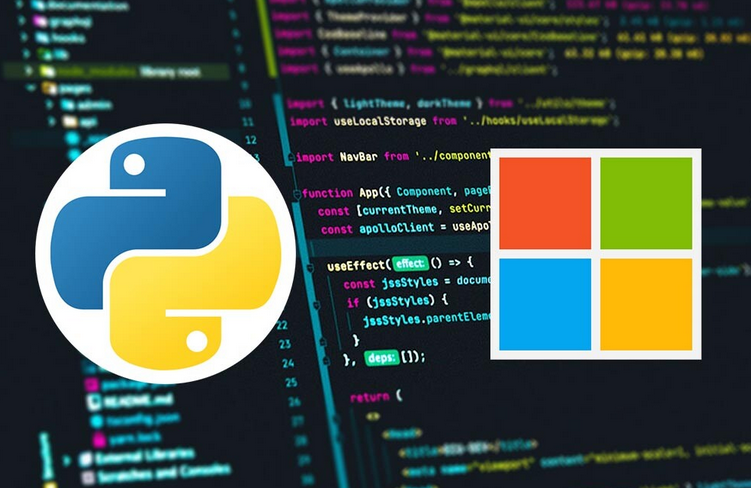Introduction to serverless security As we transition from the concept of microservices, which we discussed in the previous chapter, it is essential to understand that serverless architectures are not just […]
Read More
The pool model – Secure Design Patterns for Multi-Tenancy in Shared Environments
The pool model The pool model is a prevalent design approach for implementing multi-tenancy, particularly favored for its resource efficiency. In this model, multiple tenants share the same resources, such […]
Read More
The bridge model – Secure Design Patterns for Multi-Tenancy in Shared Environments
The bridge model The bridge model stands out as an advanced and adaptable design strategy for achieving multi-tenancy, ingeniously merging the best elements of both the silo and pool models. […]
Read More
Choosing the right design pattern – Secure Design Patterns for Multi-Tenancy in Shared Environments
Choosing the right design pattern Selecting the appropriate multi-tenancy design pattern is a nuanced decision that requires a deep understanding of various aspects ranging from security and compliance to cost […]
Read More
Comparison – Secure Design Patterns for Multi-Tenancy in Shared Environments
Comparison The following table (Table 8.1) offers a quick comparative view of the three multi-tenancy design patterns based on various factors: Criteria Silo model Pool model Bridge model Security and […]
Read More
Database-level Isolation – Secure Design Patterns for Multi-Tenancy in Shared Environments
Database-level Isolation Database-level isolation is a critical aspect of multi-tenancy, ensuring that tenants cannot access or interfere with each other’s stored data. Most common database engines in AWS offer a […]
Read More
Multi-tenancy design patterns – Secure Design Patterns for Multi-Tenancy in Shared Environments
Multi-tenancy design patterns This section delves into three primary multi-tenancy design patterns—silo, pool, and bridge models—each with its unique advantages, challenges, and use cases. These patterns not only influence the […]
Read More
Compute-level Isolation – Secure Design Patterns for Multi-Tenancy in Shared Environments
Compute-level Isolation Compute-level isolation is another critical aspect of ensuring data security and integrity in a multi-tenant environment. Unlike database-level isolation, which focuses on the segregation of data at rest, […]
Read More
Comparison with microservices – Implementing Security for Serverless Deployments
Comparison with microservices Serverless architecture can be considered a specialized form of microservices architecture. In a traditional microservices setup, each service is designed to perform a specific function or process […]
Read More
Function-based design – Implementing Security for Serverless Deployments
Function-based design In serverless architectures, the primary unit of deployment and execution is the function. This function-based design paradigm offers a high degree of modularity, allowing developers to break down […]
Read More